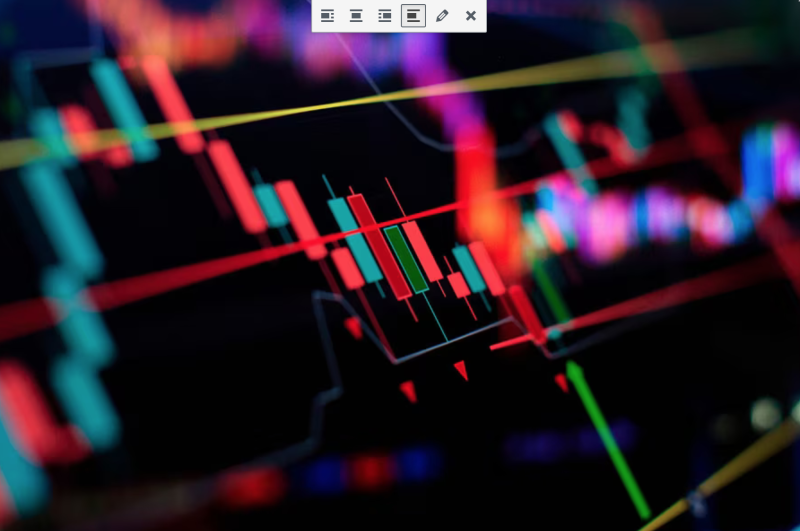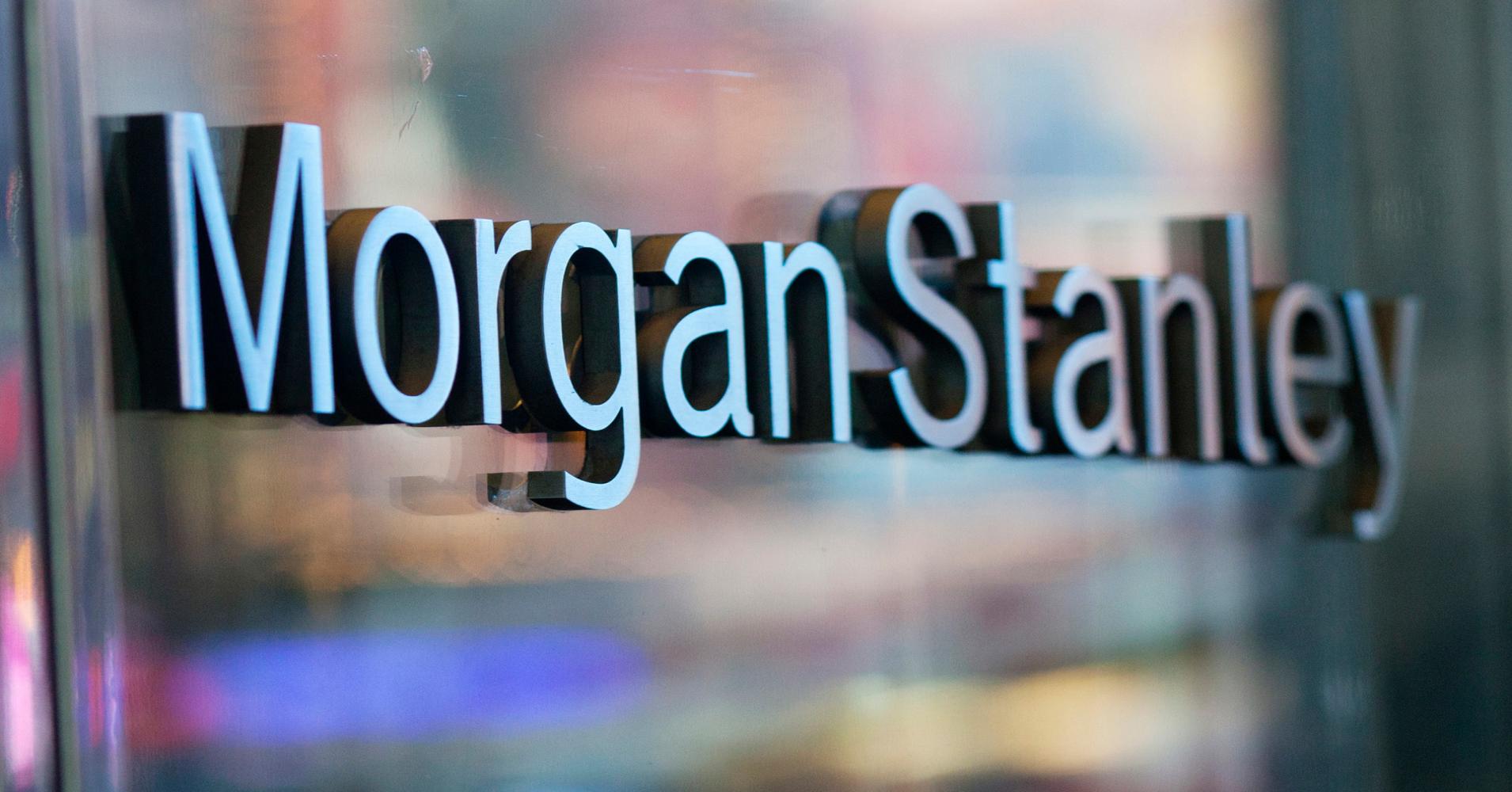by Liz Ann Sonders, Chief Investment Strategist, & Kevin Gordon, Charles Schwab & Company Ltd.
Interest expense is a large and growing issue for both the economy and stock market, which reinforces why investors should stay up in quality amid interest-rate-driven headwinds.
Fiscal follies
Since the start of this century, per Gavekal Research data, U.S. government debt has increased by a factor of more than 5.5, which is an annual growth rate of 7.7%. That's in contrast to GDP and debt-servicing costs, which have increased by a factor of "only" 2.7, equating to annual growth rates of 4.3% and 4.4%, respectively.
The lower rate of annual growth in debt-servicing costs was aided by the Federal Reserve's three significant monetary policy easing cycles—the latter two, starting in 2008 and 2020, saw short-term rates hit the zero-bound. Those were also cycles that included quantitative easing (QE), which helped restrain longer-term yields.
Now the Fed faces government debt that's larger than GDP, debt that needs to be financed at higher rates, and a debt service ratio growing much faster than the economy. In addition, the Fed is now reducing its holdings of Treasury securities with its quantitative tightening (QT) program; while foreign investors, U.S. banks and state/local governments are reducing their holdings.
Given that households and mutual/exchange-traded funds likely need to pick up the slack, a key question is whether yields are high enough of an incentive. Although there has been an increase in short-term inflation expectations, and economic growth has been resilient, most of the increase in yields has been the "term premium," which is the extra compensation demanded by investor to hold longer-term bonds instead of rolling over shorter-term securities.
No looking back
Net interest surges alongside yields

Source: Charles Schwab, Strategas Research Partners, as of 10/13/2023.
Net interest surging as share of GDP

Source: Charles Schwab, Bloomberg, as of 8/31/2023.
Stocks moving inversely to yields
A new correlation era?

Source: Charles Schwab, Bloomberg, as of 10/13/2023.
Correlation is a statistical measure of how two investments have historically moved in relation to each other, and ranges from -1 to +1. A correlation of 1 indicates a perfect positive correlation, while a correlation of -1 indicates a perfect negative correlation. A correlation of zero means the assets are not correlated. Indexes are unmanaged, do not incur management fees, costs and expenses and cannot be invested in directly. Past performance is no guarantee of future results.
Corporate impact
Corporate debt maturity schedule

Source: Charles Schwab, Bloomberg, as of 10/13/2023.
Data for investment grade covers the amount outstanding of USD-denominated corporate bonds of $300 million or greater. Data for high yield covers the amount outstanding of USD-denominated bonds of $100 million or greater.
Interest expense heading higher

Source: Charles Schwab, Strategas Research Partners, as of 9/30/2023.
Change in interest expense surging

Source: Charles Schwab, Strategas Research Partners, as of 9/30/2023.
Yields' impact on earnings
Yields' impact on forward earnings

Source: Charles Schwab, Strategas Research Partners, 1950-9/30/2023.
EPS=earnings per share. Past performance is no guarantee of future results.
Implications for equity investors
An example on the other end of the spectrum is the Utilities sector. Before the recent slight rebound, the sector had fallen to a three-year low—erasing all gains since the pandemic low in stock in 2020. The Utilities sector's interest coverage ratio is falling rather quickly and the dynamic between Energy and Utilities highlight a key reason we have encouraged investors to be focused on quality-oriented factors (characteristics), including a heightened focus on interest coverage.
In sum
Copyright © Charles Schwab & Company Ltd.cha













